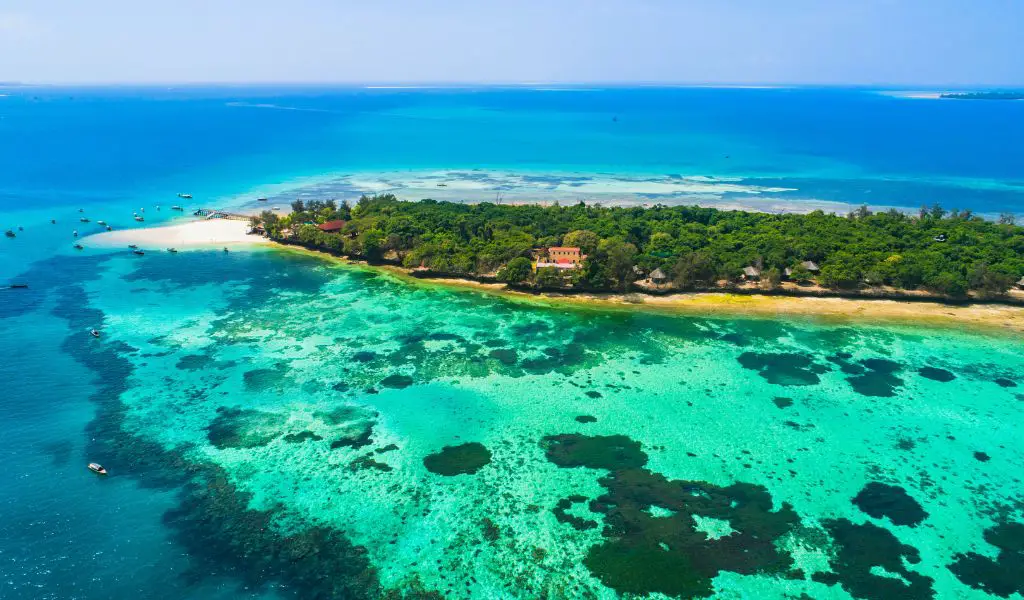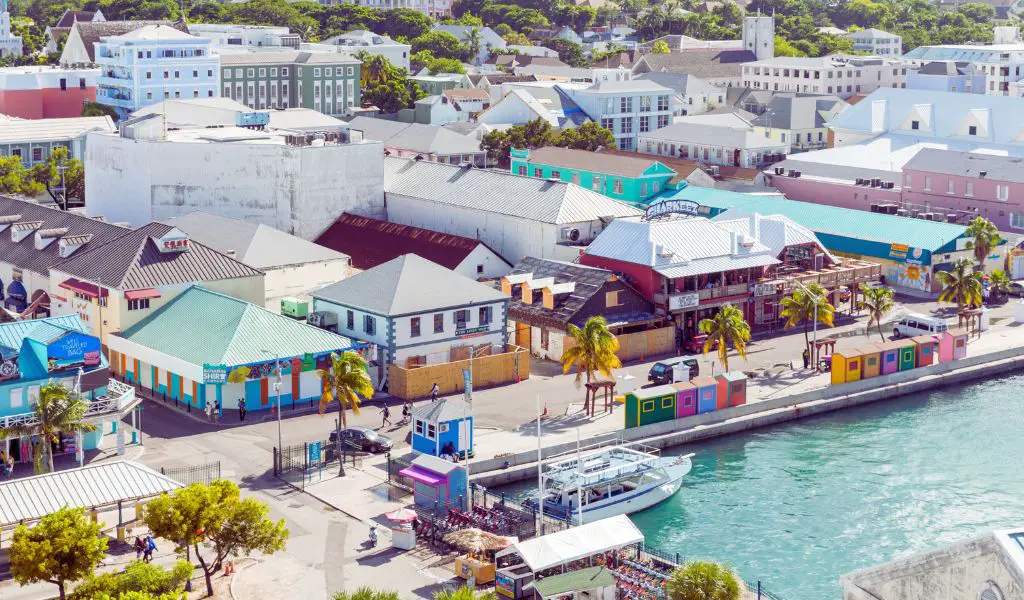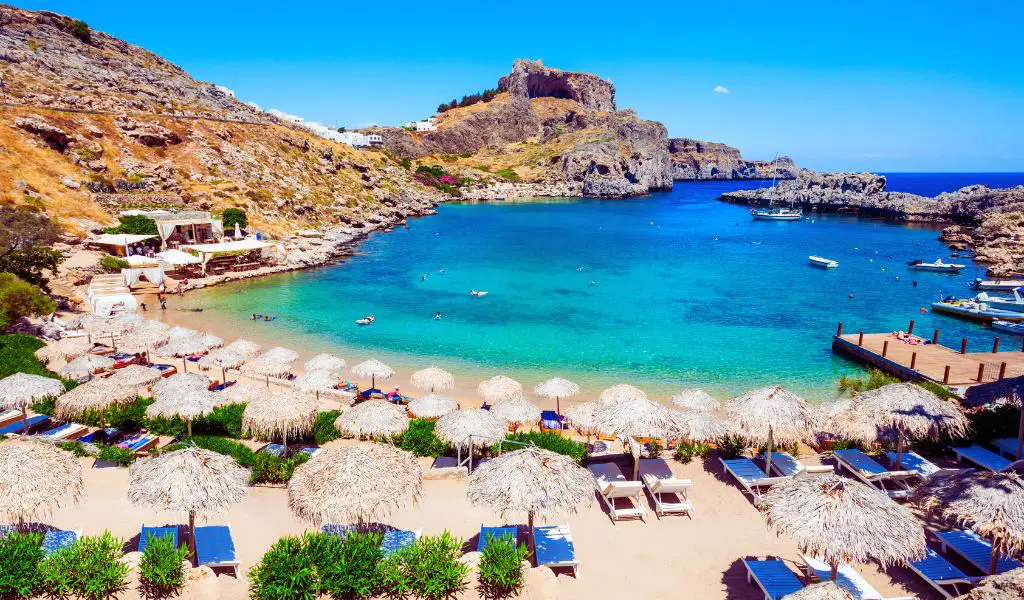Unguja, more commonly known as Zanzibar Island, is the largest island in the Zanzibar Archipelago, located off the coast of Tanzania in the Indian Ocean. This tropical paradise boasts a rich tapestry of history, culture, and natural beauty that beckons travelers from around the world.
Geography
Geographically, Unguja is characterized by its stunning beaches, lush vegetation, and coral reefs.
The eastern coast is lined with powdery white sand beaches, while the western side offers mangroves and lagoons.
The interior of the island is a mosaic of forests, spice plantations, and small villages.
History
Historically, Unguja has been a significant trading hub, with influences from Arab, Persian, Indian, and European cultures.
Stone Town, the island’s historic center, is a UNESCO World Heritage site, renowned for its winding alleys, intricately carved wooden doors, and historic buildings that tell tales of the island’s storied past.
Attractions
For those interested in natural attractions, the Jozani Chwaka Bay National Park is home to the endangered Red Colobus monkey and a variety of other species.
The coral reefs surrounding Unguja are a diver’s dream, teeming with marine life and offering numerous diving and snorkeling opportunities.
Culture
Culturally, Unguja is a melting pot. The island’s history of trade and its strategic location have resulted in a unique blend of cultures and traditions.
From the hauntingly beautiful Taarab music to the vibrant festivals, there’s always something happening that showcases the island’s rich cultural tapestry.
Population
The population of Unguja is diverse, reflecting its rich history of trade and migration.
Swahili is the predominant language, but due to its historical connections, Arabic, English, and other languages are also spoken.
The majority of the population practices Islam, with Christian and indigenous beliefs also present.
When to Go
The best times to visit Unguja are during the cool, dry months of June to October and the short dry season of January and February.
However, if you’re keen on experiencing the island’s cultural festivals, consider visiting during the Sauti za Busara music festival in February or the Zanzibar International Film Festival in July.
How to Get There
Unguja is accessible by both air and sea. The Abeid Amani Karume International Airport in Stone Town welcomes flights from major cities in East Africa and some international destinations.
Alternatively, ferries operate regularly from Dar es Salaam, Tanzania’s largest city, to Stone Town.
Highlights
Stone Town: A historic town with narrow alleys, ancient buildings, and bustling markets.
Jozani Chwaka Bay National Park: The only national park in Zanzibar and home to the Red Colobus monkey.
Spice Tours: Explore the island’s spice plantations and learn about the “Spice Island’s” rich agricultural history.
What You Should Know
Currency: Tanzanian Shilling (TZS) is the official currency, but US dollars are widely accepted.
Language: Swahili is the official language, but English is spoken in tourist areas.
Health: It’s advisable to take malaria prophylaxis and ensure you’re up-to-date with vaccinations.
FAQs
Is Unguja safe for tourists?
Yes, Unguja is generally safe for tourists. However, like any destination, it’s essential to take standard precautions, especially in crowded areas.
Do I need a visa to visit Unguja?
Most visitors require a visa to enter Tanzania, which includes Unguja. It’s advisable to check the latest visa requirements based on your nationality.
What’s the difference between Unguja and Zanzibar?
Zanzibar is the name of the entire archipelago, while Unguja refers specifically to the largest island in the archipelago, often referred to as Zanzibar Island.




